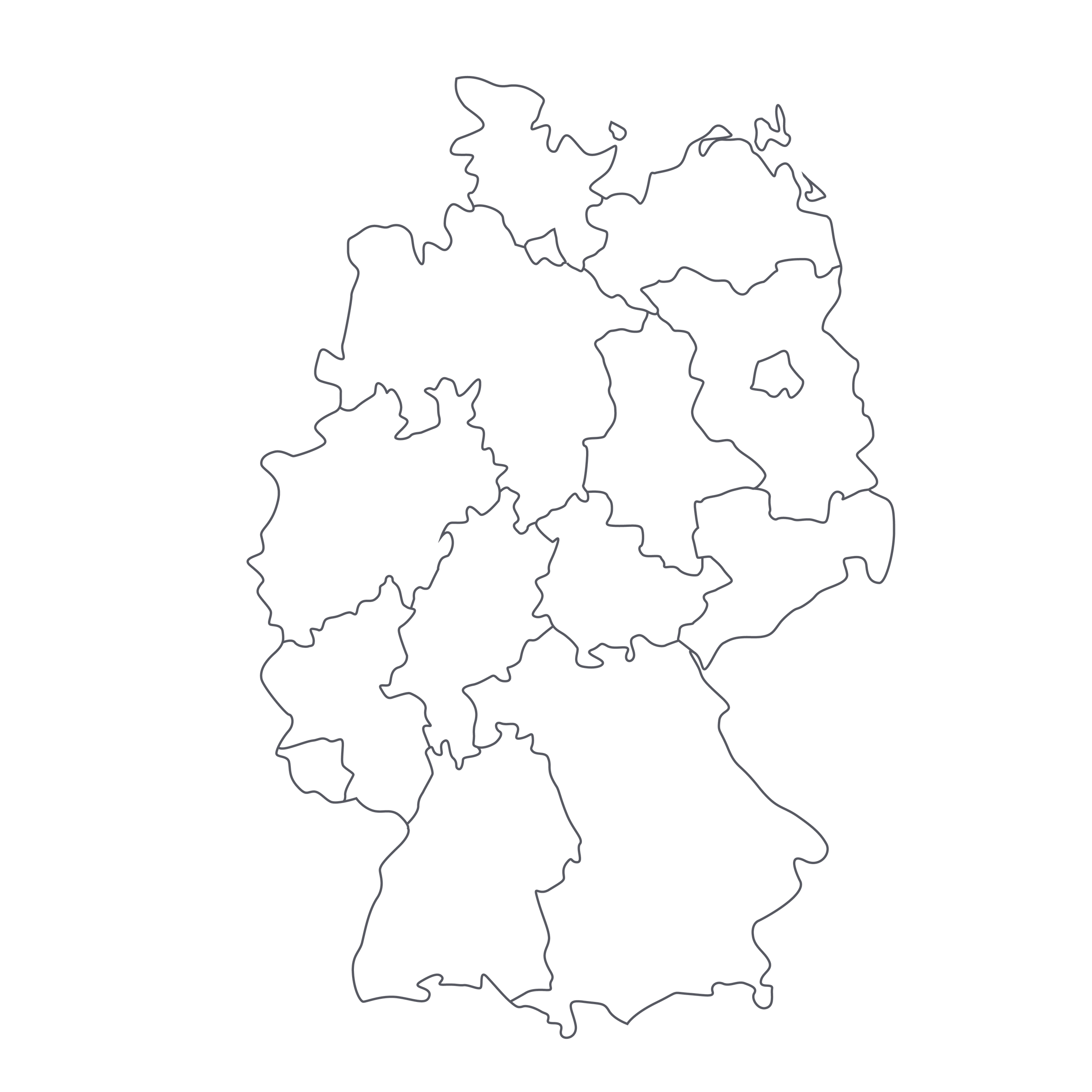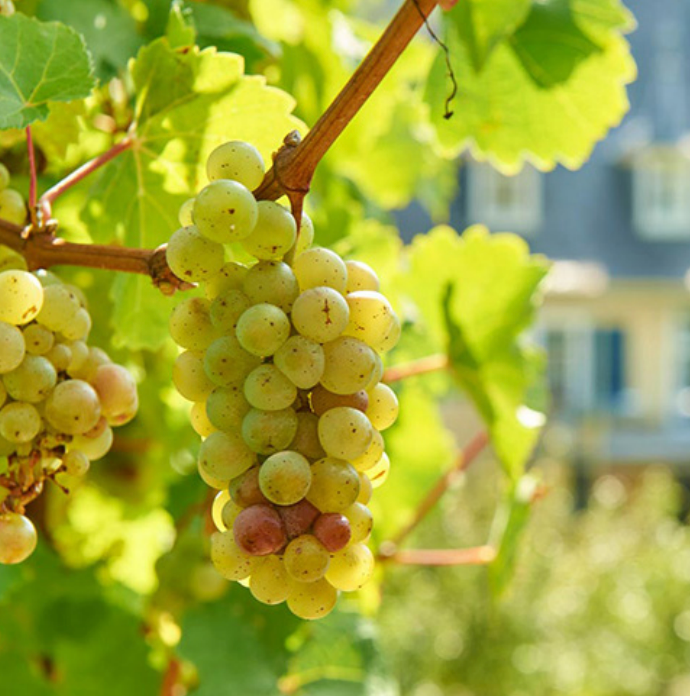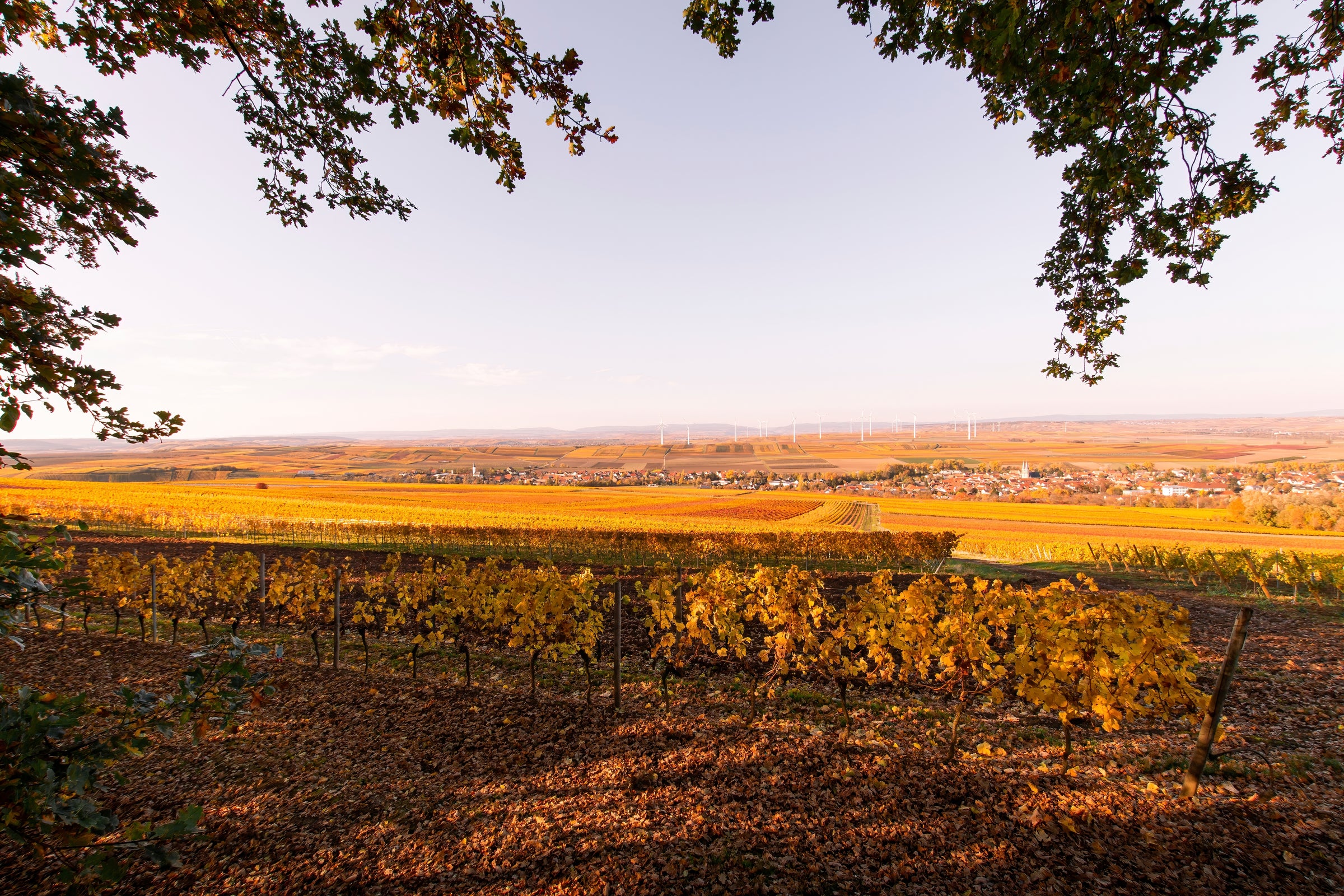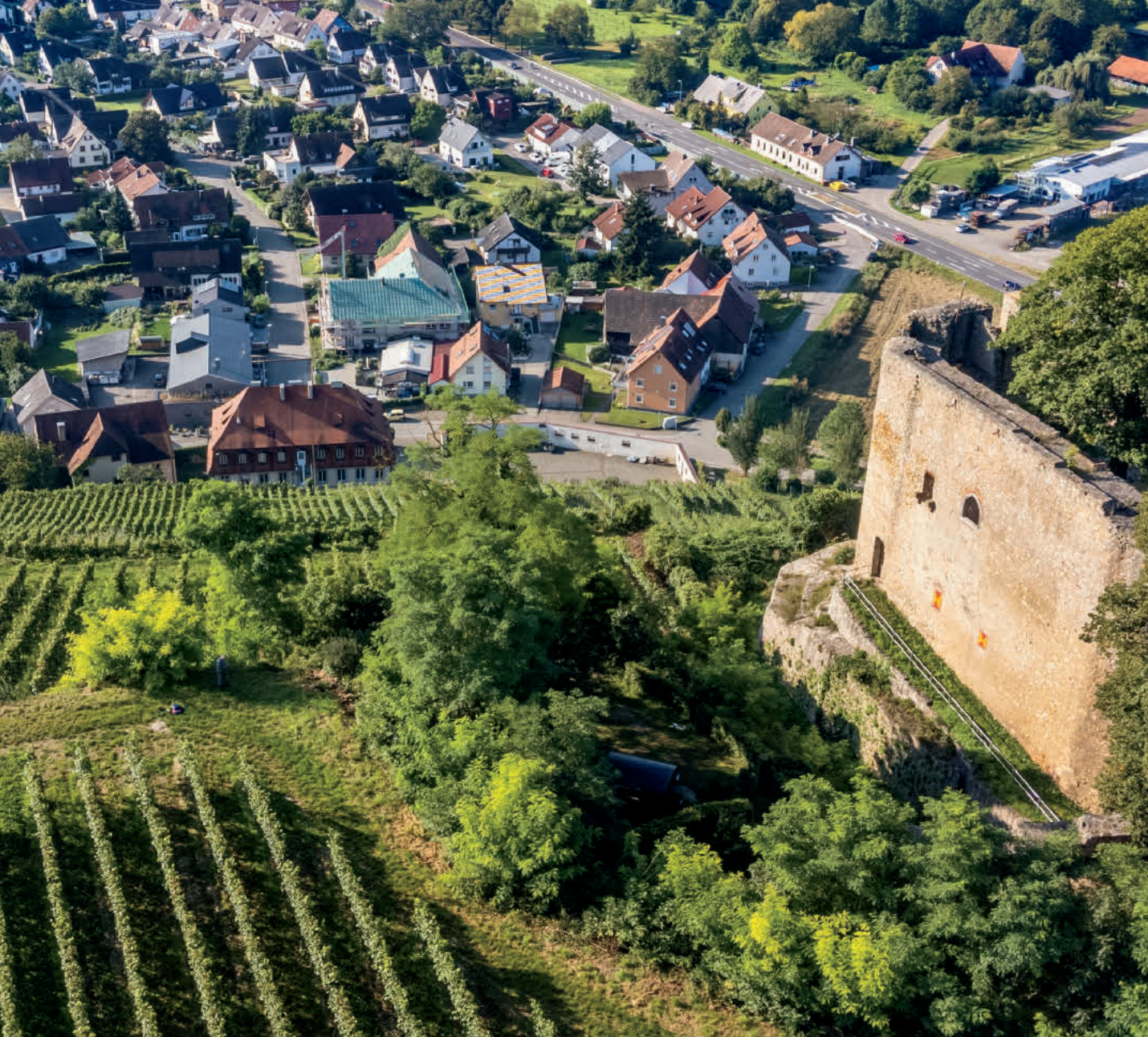The platinum hits keep coming with German Riesling this year and Dr. Nägler’s electrifying Spätlese from the precipitous hillside of Berg Roseneck is a chart-topper: With a touch of bottle age from the incredible ‘13 vintage, this is one of the most seamlessly integrated Rieslings I’ve experienced lately—and for good reason.
Weingut Dr. Nägler is a member of the elite VDP, a classification focused on estate-owned vineyards and terroir expression; farms one of Germany’s greatest and most historic (1,000 years of cultivation) hillside sites, “Berg Roseneck”; and has been in the same family since 1826. When you look at all the facts, paying this small price becomes a no-brainer. Coming from the Rheingau, this Spätlese has rich texture and body, but also shows pleasant ripeness, electricity, and freshness more readily associated with the Mosel. It combines the best of both regions into one perfectly balanced bottle—similar to a classic Kabinett, which shows a kiss of sweetness before finishing harmoniously dry. I’ll continue raising the ‘off-dry’ Riesling flag until I can no longer hold up my arms—and today’s offer is a quintessential example of why I hold it so high! My only rule for this bottle? Pair it with appetizers and main courses. Do you love Thai food? Laotian? Vietnamese? Cantonese? Then open up a couple bottles of this—it’s just what the doctor ordered!
Family owned and family run since 1826, Dr. Nägler is a small estate in the Rheingau that has been handcrafting wines for six generations and counting. Today, Tilbert Nägler oversees winemaking and the family’s 21 total acres that are spread out amongst some of Germany’s very best vineyards—almost every vine they own sits on seriously pedigreeed terroir. Weingut Dr. Nägler is also part of the VDP (Verband Deutscher Prädikatsweingüter), an elite group of producers that guarantee the bottle they provide you was both grown from their vineyards and estate-bottled, with a keen eye towards quality and pronounced terroir character.
Within Rheingau, next to the river town of Rüdesheim, several sprawling, vertiginous vineyards exist on one contiguous hillside that has been cultivated for nearly a millennium. I could try painting a picture of these steep inclines, or I could just show you this
ground shot and this spectacular
aerial shot. In some places, the incline is so steep, several producers will utilize helicopters for vineyard management. One of these prestigious vineyards, Rüdesheimer Berg, (“the mountain of”) Roseneck takes its name for the wild rose hedges that grow on the fringes of each rocky outcropping, and of its nearly 60 acres, Dr. Nägler owns just a few. In the winery, Tilbert has introduced modern technology, with fermentation and aging occurring in stainless steel tanks, and the occasional addition of very old, very large oak barrels. Technology notwithstanding, his vaulted cellars have certainly retained their ancient charm.
In the glass, the 2013 Rüdesheimer Berg Roseneck reveals a bright straw-yellow core with brilliant yellow-green reflections moving out to the rim. Being a Spätlese designation from the Rheingau, this oozes rich and piquant aromas that are accompanied by resounding waves of freshness. At once, ripe notes of yellow apples, apricot, and white peach waft out of the glass, followed by zesty, high-toned orange blossoms, lemon, candied lime peel, damp herbs, and immense levels of crushed rock and wet slate. Though an initial sweetness prickles the tip of your tongue, the high acid moderates it throughout, making this medium-bodied Spätlese (I might call it a Kabinett in a blind tasting) an absolute joy to experience from start to finish. It’s animated, rich, and will cause you to salivate as the candied citrus notes blend with ultra-ripe orchard fruits and savory/mineral components. Serve in all-purpose white or Riesling stems and allow a brief 15 minute decant. You should keep this bottle around 50 degrees when consuming, which shouldn’t be a problem because after the first sip hits your tongue, it will drain in a flash. As with high quality, perfectly structured Rieslings, this has a lengthy future ahead of it—10, even 20 years—should you allow it. For a killer pairing, whip up a spicy larb. Larb? Essentially a meat salad made famous in Laos—the attached recipe is pork based, mixed with various herbs. Cheers!






